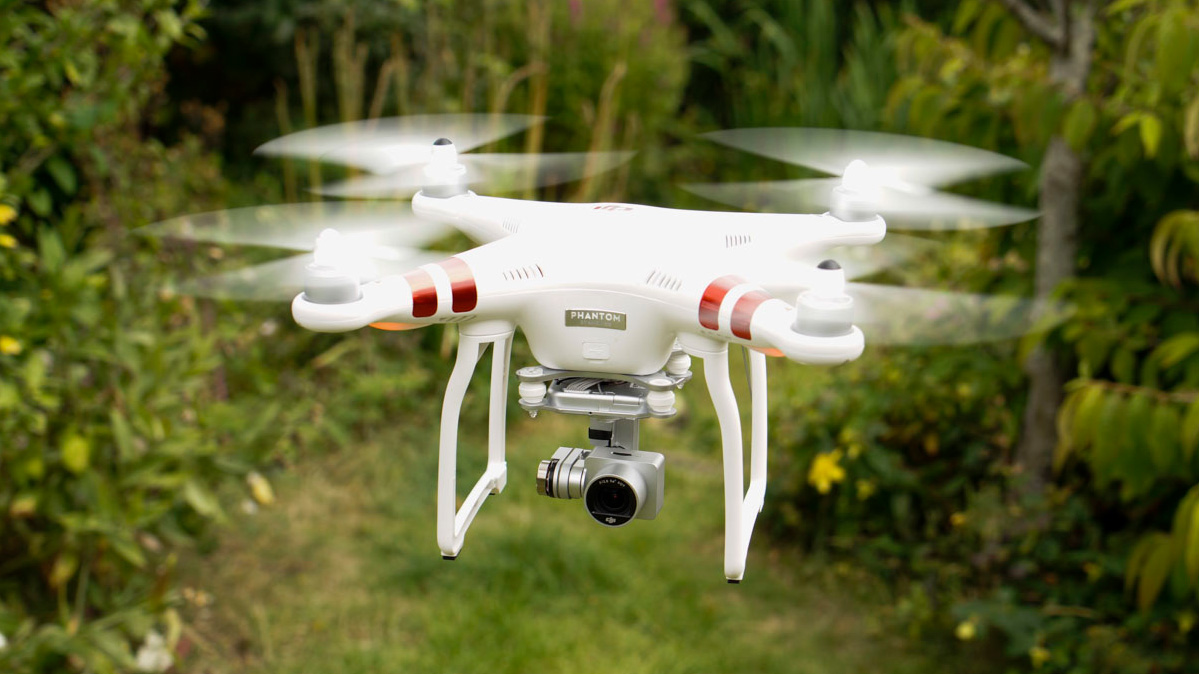FAA might allow commercial drones to fly over people
Report outlines suggestions for proposed regulation

If there's been anything resembling a constant in drone laws, it's that you can't fly commercial ones over groups of people.
But that might soon change as today the Federal Aviation Administration (FAA) released a report from a government-sponsored committee that tackles what companies should do in order to fly their crafts over people for business purposes.
The most noteworthy thing about it? That the government is even considering allowing this at all.
Watch out below
Hobbyists have long been allowed to fly their drones over the huddled masses here in the US, but the recommendations outlined in the report could pave the way for drone deliveries by companies like Amazon.
Notably, the committee's report doesn't rule out the possibility that occasionally a drone will fall from the sky and thunk unwitting passersby on the head.
The hope, though, is that the drone will be designed in such a way that any injuries are minimal.
The committee thus calls for four categories of commercial drones based on weight and force of impact. A commercial drone that weighs less than half a pound could fly without any restrictions at all, provided its manufacturers can prove that the risk of injury is less than 1%.
Get daily insight, inspiration and deals in your inbox
Sign up for breaking news, reviews, opinion, top tech deals, and more.
Drones weighing more than half a pound but less than 55 pounds would also be able to fly over crowds if the manufacturers can prove they pose less than a 1% chance of injury, but they'd have to make sure they stay at least 20 feet over the heads of the people on the ground and come no closer than 10 feet laterally.
Aye, there's the rub. On the bright side (for manufacturers), the burden of testing such a high standard of quality would fall on the drone makers themselves, eliminating the need for the FAA to channel resources into an organization specifically designed for the effort.
Droning on
The details of such a test are still up in the air, as there's some disagreement over whether the steps involved should also include, say, a background check from the Transportation Security Administration.
But the consequences of failing to reach this magical 1% would be dire. Any commercial drone that failed to meet that standard would have additional restrictions placed on it in a third category, and it still wouldn't even be allowed to fly over crowds.
The word "crowds" is important in this context as the committee's suggestions allow for as much as a 30% chance of injury with these heavier devices in some settings, such as movie sets or construction sites. It's in those places where people would have a higher likelihood of knowing the drone is in the air. Flying them unannounced above huge groups of people, though, would be out of the question.
As always, there's a loophole and that's where the fourth category comes in. If the company using a heavier drone manages to demonstrate how to avoid risks and ensure that there's less than a 30% chance of injury in a worst-case scenario, they could potentially get permission to fly anyway.
Keep in mind, though, that the committee's report amounts to mere suggestions, although there are also recommendations from the likes of 3D Robotics, the General Aviation Manufacturers Association, GoogleX, and Intel - groups and companies with advice the FAA takes seriously.
Even so, it's likely we won't see any real legislation based off the report for weeks or months, and even then local governments will be able to make their own laws that override the general allowances of the FAA.
But it's a start, right?